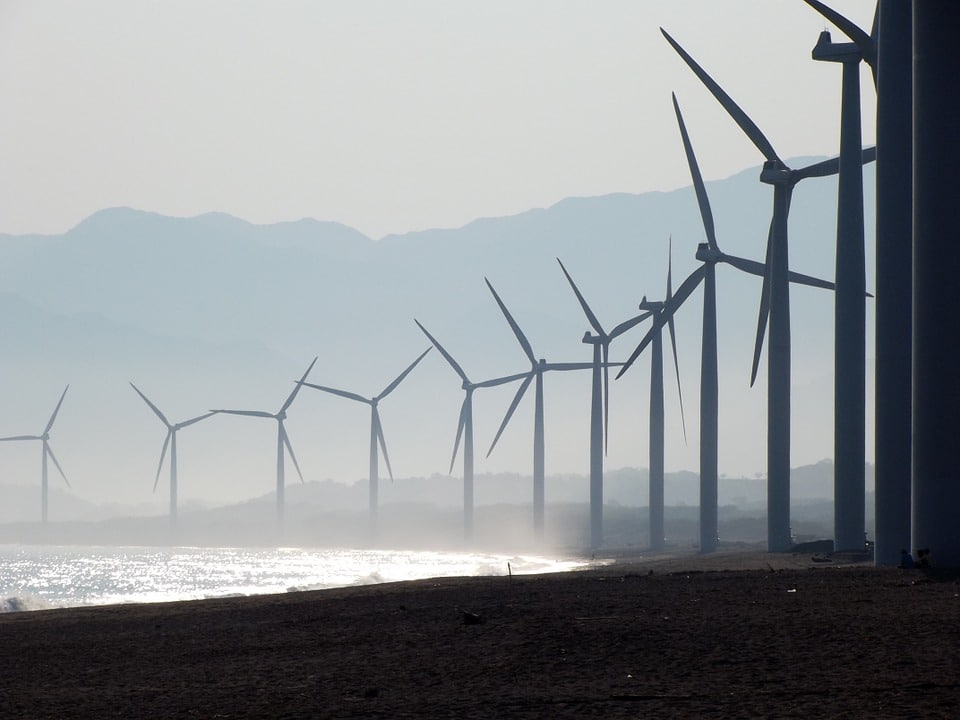Wisconsin Governor Releases Roadmap for Carbon-Free Electricity by 2050

Wisconsin Governor Tony Evers, a Democrat, unveiled a roadmap for transitioning the state to 100 percent carbon-free electricity by the middle of the century, including a potential clean energy standard. The Clean Energy Plan, which is in response to a 2019 executive order, highlights four major pathways to a carbon-free future: accelerating clean energy technology deployment, maximizing energy efficiency, modernizing buildings and industry, and advancing transportation electrification. The order – Executive Order #38 – established the Office of Sustainability and Clean Energy to work with other state agencies and utilities to achieve the goal.
The CEP, which adopts an iterative planning process, recommends updating the electricity sector emissions goals in recognition of utilities’ interim goals and the updated U.S. nationally determined contribution, or NDC, for the Paris Agreement. Potential updates include achieving 60 percent emissions reduction in the power sector by 2030 and 100 percent by 2050, relative to 2005 levels. The plan also proposes a clean energy standard, which could be implemented in conjunction with an integrated resource plan or a renewable portfolio standard, as a carve-out designated to increase at specified time intervals.
Among other action strategies, the plan would establish an Equity First program to ensure that the economic, health, environmental, and security benefits of clean energy accrue to communities disproportionately impacted by climate change. The program definitions, goals, evaluation, measurement, and verification practices would be established in consultation with industry leaders, affected community leaders, and the U.S. Department of Energy’s Office of Energy Justice Policy and Analysis.
The clean energy path is expected to reduce reliance on out-of-state energy sources and create an estimated more than 40,000 jobs by 2030. Wisconsin spends over $14 billion out of state each year as a result of its dependence on imported energy sources, according to a study conducted by the Center on Wisconsin Strategies in 2019.
The state’s largest utilities, including WE Energies, Alliant Energy, Xcel Energy, Madison Gas & Electric, and WPPI Energy, have already set goals to cut their emissions to net zero or become carbon neutral by 2050. Electricity in 2018 was the leading source of greenhouse gases emissions in Wisconsin, representing 32 percent of the total. As of June 2021, coal was the state’s largest source of net electricity at almost 42 percent, followed by natural gas at around 36 percent. The largest carbon-free source of net electricity was nuclear, which came in at 14 percent.
EnerKnol Pulses like this one are powered by the EnerKnol Platform—the first comprehensive database for real-time energy policy tracking. Sign up for a free trial below for access to key regulatory data and deep industry insights across the energy spectrum.
ACCESS FREE TRIAL